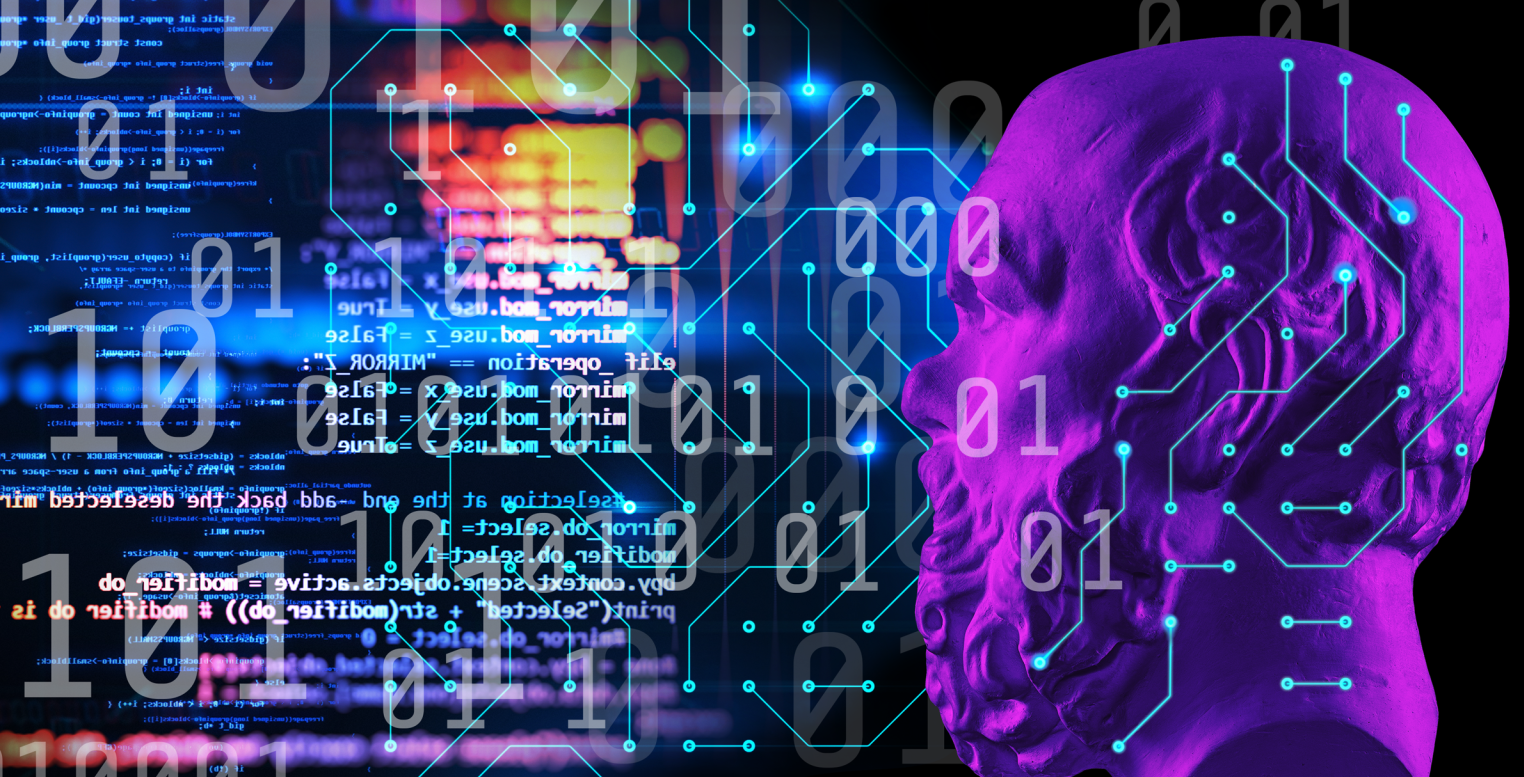The Internet of Things (IoT) has become a buzzword in recent years, and it is changing the way we live our daily lives. IoT refers to a network of physical objects, devices, vehicles, buildings, and other items, all connected to the internet, that can collect and exchange data. An IoT ecosystem consists of web-enabled smart devices that use embedded systems, such as processors, sensors, and communication hardware, to collect, send, and receive data. This technology has the potential to change the way we live and work, and IoT entrepreneurs are at the forefront of this revolution.
IoT devices are becoming increasingly common in our daily lives, from smart homes to wearable fitness trackers. Smart mirrors, robot vacuum cleaners, and wireless kitchen appliances are just a few examples of interactive, internet-connected devices that can transform our lives. IoT has changed the way we carry out simple tasks, and it has made our lives more convenient since we can control devices around us with a simple touch on our screens. These devices have the ability to collect and analyze data, providing us with valuable insights that can help us make more informed decisions about our lives.
Smart cities, which use IoT devices such as connected sensors, lights, and meters to collect and analyze data, are a prime example of how IoT is changing the way we live. The cities then use this data to improve urban services such as traffic management, energy use, and waste management. Smart cities are a data-driven approach to managing the delivery of public services, and they have the potential to improve the quality of life for citizens and reduce the environmental impact of cities. IoT is changing the world as we know it, and it is becoming increasingly clear that it will play a significant role in shaping our future.
Smart Homes and Their Benefits
IoT has revolutionized the way we carry out daily tasks, and one of the most significant impacts has been the development of smart homes. A smart home is a residence that uses internet-connected devices to enable the remote monitoring and management of appliances and systems, such as lighting, heating, and security systems. By incorporating IoT technology into homes, individuals can control and manage their homes from anywhere, making their lives more convenient and efficient. This technology has already started impacting our lives, and the smart home automation market is growing rapidly.
Smart homes offer numerous benefits, including increased comfort, convenience, and security. By using IoT devices, individuals can remotely control their home’s temperature, lighting, and other systems, making their homes more comfortable and energy-efficient. Smart homes also provide enhanced security features, such as remote monitoring and control of security cameras and door locks, giving homeowners peace of mind. Additionally, smart homes can save individuals time and money by automating routine tasks, such as turning off lights and adjusting thermostats when no one is home.
There are numerous examples of smart home devices available on the market, including smart thermostats, smart lighting systems, and smart security cameras. These devices use IoT technology to connect to the internet and can be controlled remotely through a smartphone app or voice commands. As IoT technology continues to advance, the possibilities for smart homes are endless, and the benefits will continue to grow. However, as with any technology, there are potential risks and challenges associated with smart homes, such as privacy concerns and the need for secure networks. Overall, the development of smart homes represents a significant advancement in IoT technology and has the potential to transform the way we live.
Smart Cities and Their Advantages
Smart cities are defined as urban areas that use IoT devices such as connected sensors, lights, and meters to collect and analyze data, which is then used to improve infrastructure and enhance the quality of life for citizens. These cities leverage the power of IoT technology to automate and optimize traditional elements of city life, such as traffic, energy use, and waste management. The IoT is a network of connected devices that communicate and exchange data, enabling government officials to access a vast amount of valuable information to manage public services more effectively. By adopting a data-driven approach to managing city services, smart cities can enhance sustainability and better serve humanity.
One of the key advantages of smart cities is that they can improve efficiency and sustainability in a variety of ways. For example, by using connected sensors to monitor traffic patterns, cities can optimize traffic flow and reduce congestion. By using smart lighting systems, cities can reduce energy consumption and lower costs. Additionally, smart waste management systems can help reduce waste and increase recycling rates. These benefits not only improve the environment but also enhance the quality of life for citizens by reducing the time and resources needed to manage city services.
There are numerous examples of smart city technologies that are already in use or under development. Smart parking spots that use sensors to detect available spaces are becoming increasingly popular. Automated order fulfillment systems that use drones and robots to deliver packages are also being developed. Water management systems that use IoT devices to monitor water usage and detect leaks are being implemented in many cities. These are just a few examples of the many ways that IoT technology is changing the way we live in smart cities.










